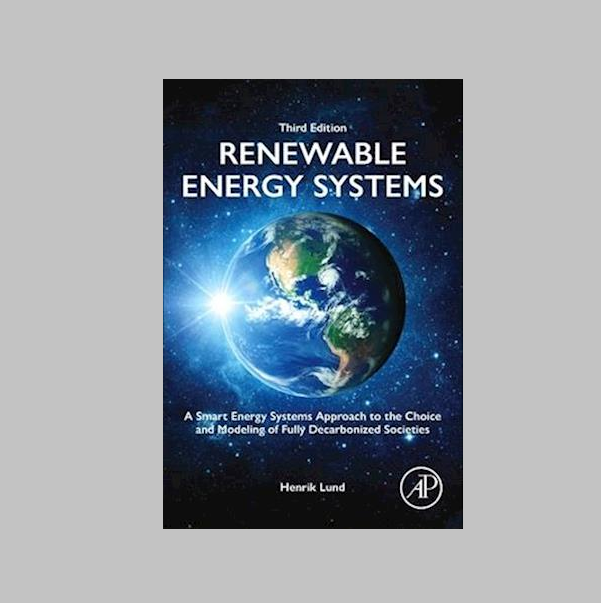Vision and initial feasibility analysis of a recarbonised Finnish energy system for 2050
Link to supplementary materials
An energy system based entirely on renewable energy (RE) is possible for Finland in 2050 based on the assumptions in this study. High shares of solar PV (photovoltaics) were deemed to be feasible at extreme northern latitudes when supported by flexibility harnessed from other aspects of the energy system, suggesting that high variations in solar irradiation throughout the year may not be a barrier to the implementation of solar PV closer to the poles. A 100% RE system corresponds to a highly competitive cost solution for Finland, as total system costs decrease through interaction between the power, heating/cooling and mobility sectors. We incorporate these sectors on an hourly resolution using historical data and the EnergyPLAN modelling tool. In addition, we offer full transparency of all assumptions regarding the Finnish energy system. In 2050, a 100% renewable energy scenario has the lowest overall annual cost, at 24.1 b€/a. This is followed by several scenarios that feature increasing levels of nuclear power, which range in annual costs to 26.4 b€/a. Scenarios were also modelled with varying levels of forest-based biomass. Results suggest that annual costs do not increase dramatically with reduced levels of forest-based biomass fuel use. At the same time, it must be kept in mind that assigning costs to the future is inherently uncertain. How future societies assign risk to technologies or place value on emissions can make the scenarios under investigation more or less attractive. The 100% RE scenarios under investigation were seen as less exposed to such uncertainty.
Contact
If you experience further challenges using the model that are not answered in any one of pages at the site, you are more than welcome to contact us and we will try to help you.
Email us hereBook, 3rd Edition out now

3rd Edition Renewable Energy Systems – A Smart Energy Systems Approach to the Choice and Modeling of Fully Decarbonized Societies
By Professor Henrik Lund
List price: USD 100.00 / GBP 76.76 / EUR 87.20
Buy here